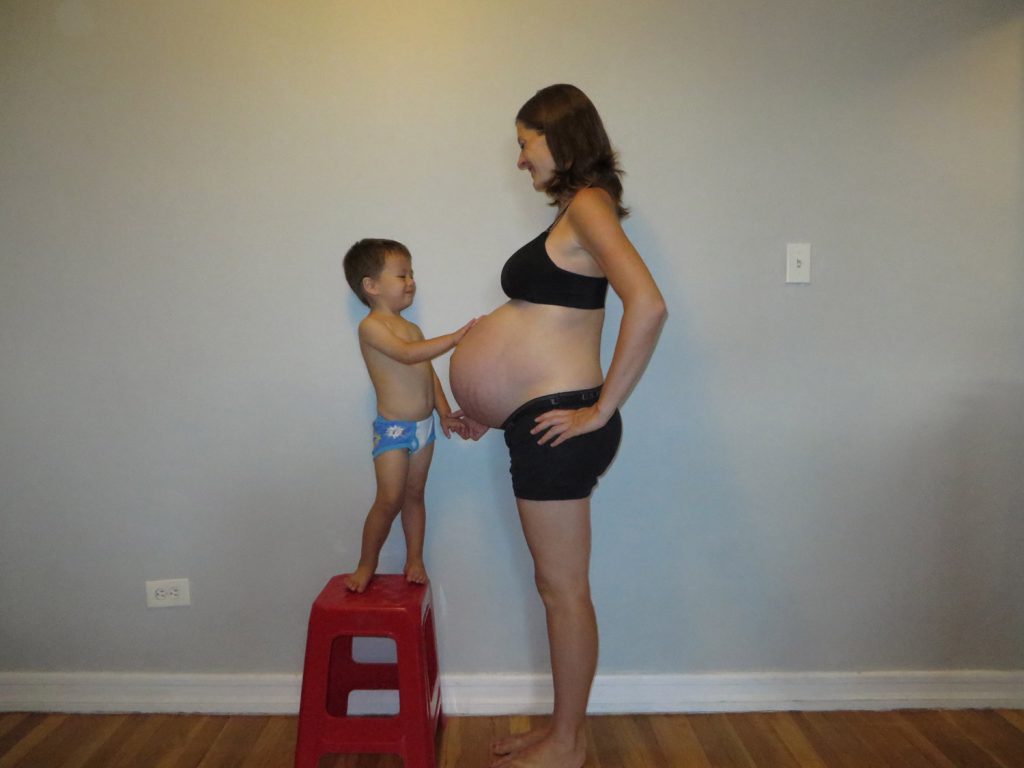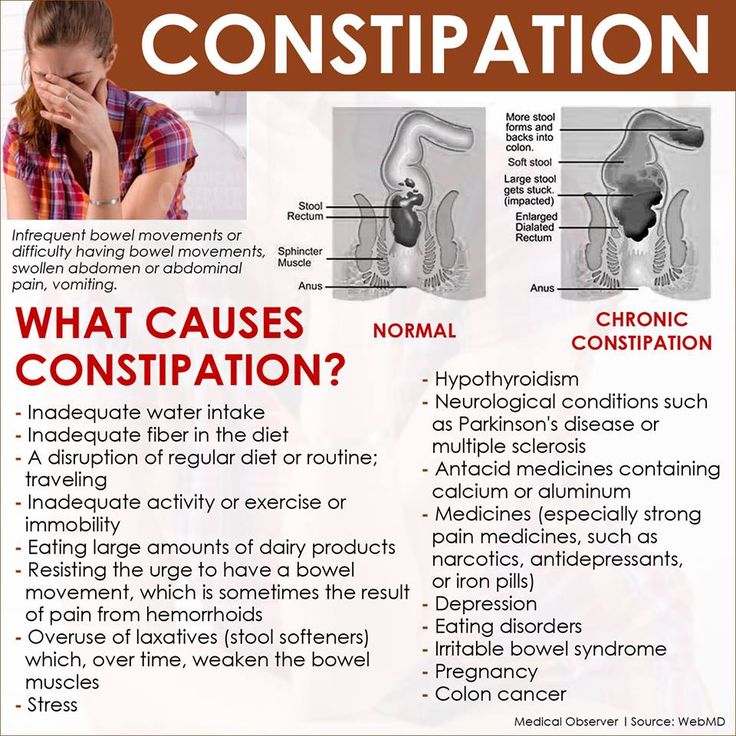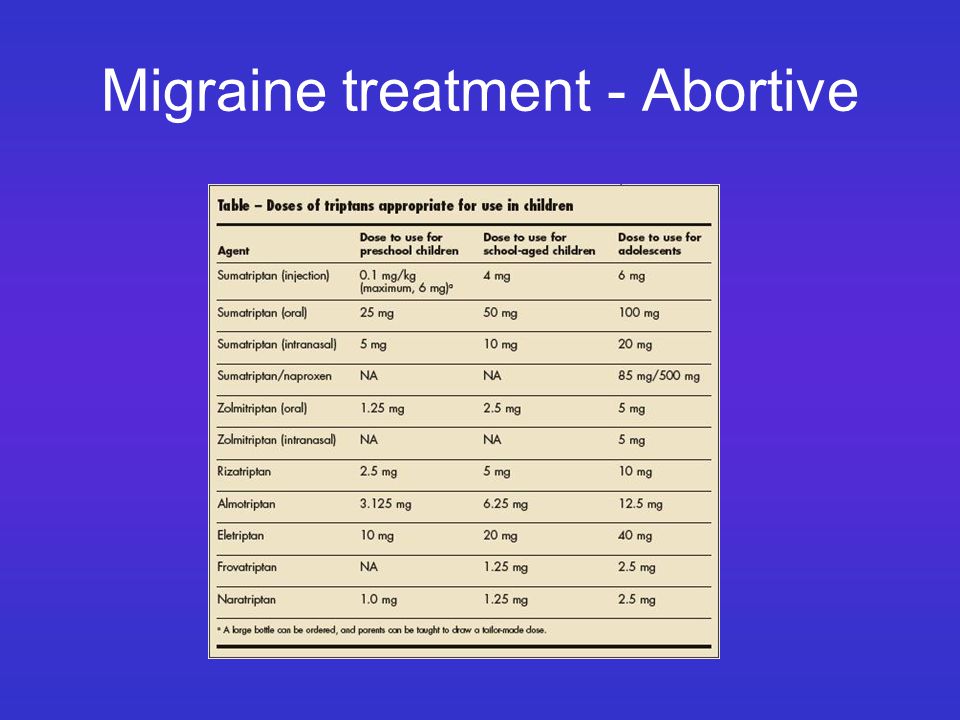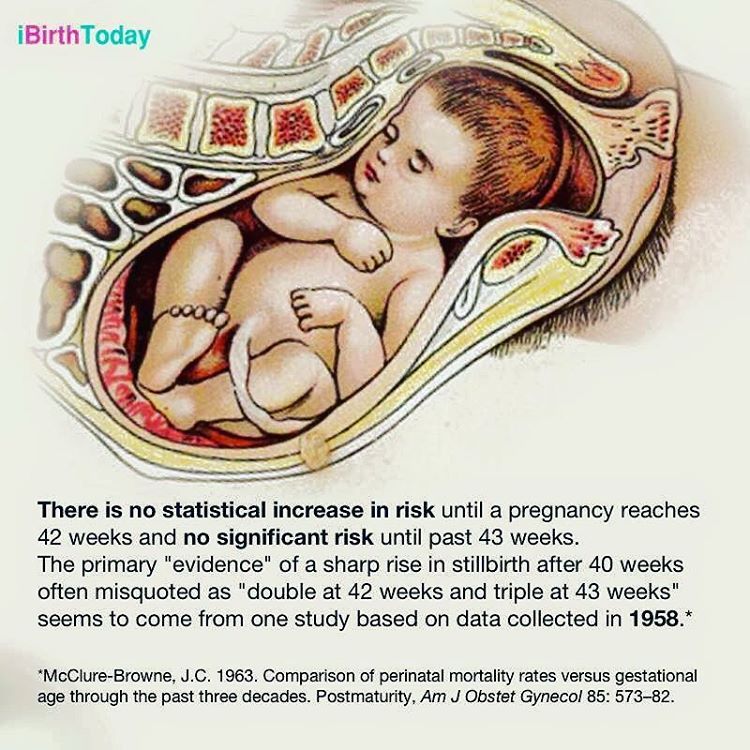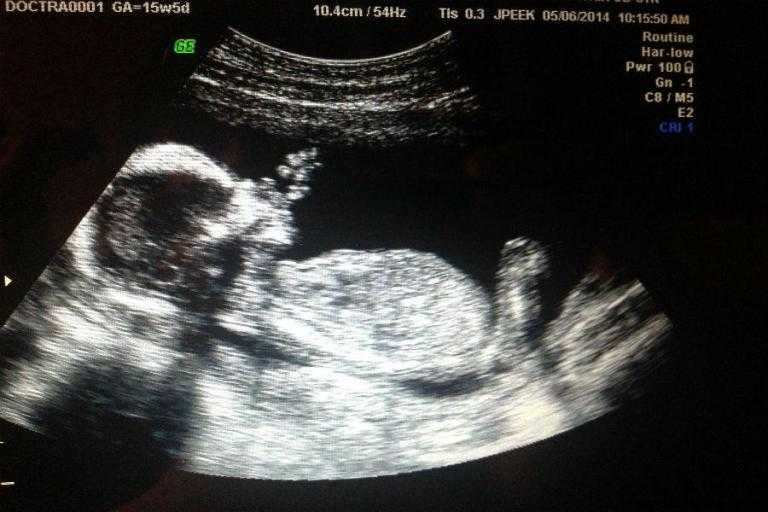40 weeks twins
How I Survived 40 Weeks Pregnant with Twins
- What to know about weathering a twin pregnancy
- How to get through it, and even find your moments of bliss
Full disclosure, my twins didn’t quite make it to 40 weeks… they were born just 2 hours shy of that magical number. But, hey, close enough! So, how did I do it? I’ll let you in on my dirty little secret: I have no idea!! Luck, education, and good choices, I suppose! Have you got two or more buns in your oven? Read on for all of my tricks and tips to give you and your littles ones the best shot of weathering your twin pregnancy!
1. Knowledge is Power.
I read two amazing twin pregnancy books that helped me understand how to best look after the health of myself and my growing babies, and what to expect throughout the pregnancy, delivery, and immediate postpartum period. The need to try to rest and stay relaxed as much as possible, how I needed to cram in at least 75 grams of protein a day and should aim to gain 24 pounds by 24 weeks for the best possible outcome, what to expect if the babies need time in NICU, and how to tandem breastfeed, for example. They were recommended to me by my doula, and I recommend them to all twin mamas to be: “What To Do When You’re Having Two”, by Natalie Diaz (who also holds great twin prep classes in NYC, Chicago, and online through Twiniversity), and “When You’re Expecting Twins, Triplets, or Quads” by Dr. Barbara Luke and Tamara Eberlein. I turned to Google and Facebook Mothers of Multiples groups often, which helped answer a lot of questions and always fed my mantra, “Prepare for the worst, hope for the best”, but for some people those resources can cause much more anxiety than relief, so be careful.
2. Choose your Team Wisely.
All twin (or higher order multiples) pregnancies are considered “high risk”, and a number of things can go wrong that are completely out of your hands. It is essential to seek out care providers who are very experienced with your type of pregnancy, are on board with the type of birth you are aiming for, and whose general philosophies you agree with. Despite a common misconception, c-section is NOT required for all multiple births and shouldn’t be the standard protocol pushed on every mother carrying twins. I asked around and specifically sought out a practice with multiple OBs, all having lots of experience delivering twins, and I confirmed at our first appointment the scenarios where a vaginal birth would be attempted or not. They were extremely supportive of vaginal birth for me, in fact, pushing me toward it in the end when I was having major concern over the dreaded “double whammy” – pushing out the first baby, and ending up with an emergency Cesarian for the second baby. I also got nervous as we neared the 38 week mark, because that’s the deadline most doctors give their twin mothers before inducing or turning to c-section. But, I trusted my team, they knew my history, my health, my babies’ health, and they felt 100% certain that going up to 40 weeks and delivering vaginally would be the healthiest option for all of us. So, that’s what we did and looking back I am so grateful I chose this team (Guirguis OBGYN if anyone’s in Brooklyn or Staten Island – they’re fabulous!!).
I asked around and specifically sought out a practice with multiple OBs, all having lots of experience delivering twins, and I confirmed at our first appointment the scenarios where a vaginal birth would be attempted or not. They were extremely supportive of vaginal birth for me, in fact, pushing me toward it in the end when I was having major concern over the dreaded “double whammy” – pushing out the first baby, and ending up with an emergency Cesarian for the second baby. I also got nervous as we neared the 38 week mark, because that’s the deadline most doctors give their twin mothers before inducing or turning to c-section. But, I trusted my team, they knew my history, my health, my babies’ health, and they felt 100% certain that going up to 40 weeks and delivering vaginally would be the healthiest option for all of us. So, that’s what we did and looking back I am so grateful I chose this team (Guirguis OBGYN if anyone’s in Brooklyn or Staten Island – they’re fabulous!!).
3. Stay Active but Take it Easy.
Stay Active but Take it Easy.
Total oxymoron but depending on how you feel and what your doctor has ordered, it can definitely be to your benefit to stay as active as possible. At the same time, you have to make it a priority to lay down with your feet up for at least a couple of hours cumulatively throughout the day, make sure you’re eating well, staying super hydrated, and sleeping enough. Definitely easier said than done, but you have to try because there are several lives at stake. While pregnant with my twins, I was working from home and had a very active but fairly independent 2 year old. We live in Brooklyn without a car, so continued our lifestyle of walking 1-4 miles a day to go to the library, grocery store, park, etc. Even right up to the end at 39-40 weeks!! But when we were home, I was sitting or laying on the couch for a good portion of that time, and when times were really tough with morning sickness in the first trimester and terrible hip pain in the third trimester, he got an iPad… a lot.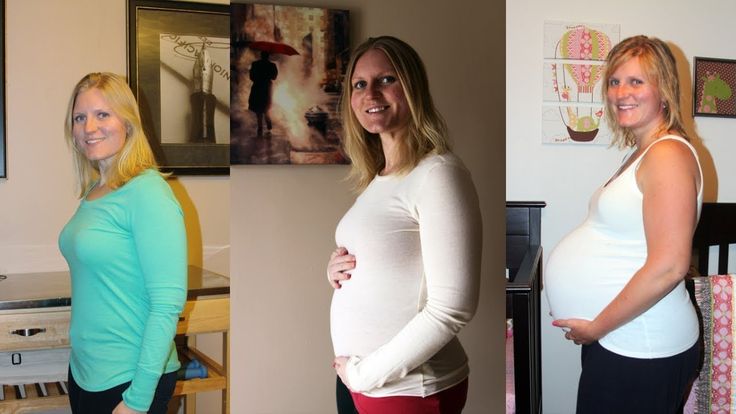 But, you do what you gotta do!
But, you do what you gotta do!
4. Let Positivity Prevail
Sure, there are a million things that can go wrong while pregnant with twins. I was terrified before each checkup, wondering if the sonogram would reveal we were another case of Vanishing Twin Syndrome, scared they would find something wrong with one of the babies, or that I would be showing signs of preterm labor. Whenever I felt myself starting to freak out, I would remind myself: If something is wrong, you’ll deal with it then, with your team. But, most likely everything is fine and there is absolutely nothing to worry about, so stop it because it’ll cause more harm than good!! Positive thoughts only. How happy those babies are all warm and cozy in there together. How you’re going to carry them full term, have a beautiful birth, and love them unconditionally. Focus on all of that! Of course it doesn’t go perfectly for everyone, and it’s important to roll with the punches, be flexible, trust your team, and come to terms with whatever doesn’t go as planned (don’t rule out therapy before or after delivery – birth trauma and post part depression are real and can be life threatening). But it’s pointless to be worrying about all of the “what ifs” when you will very likely never actually have to deal with them! If you’re finding it hard to simply let these worries go, definitely talk to your care provider, your partner, and maybe even another professional such as a therapist or a doula.
But it’s pointless to be worrying about all of the “what ifs” when you will very likely never actually have to deal with them! If you’re finding it hard to simply let these worries go, definitely talk to your care provider, your partner, and maybe even another professional such as a therapist or a doula.
So there you have it, the aspects of my twin pregnancy that helped me and my girls make it to (nearly) 40 weeks! I definitely chalk most of it up to pure dumb luck – luck that they were the type of twins that are the lowest risk (two sacks, two placentas i.e. dichorionic/diamniotic “di/di” twins), luck that my body was able to carry them to term, and luck that the induction was incredibly easy and successful. My twinnies are now 2 years old and it seems like another lifetime that they were in my belly. So, here is one final recommendation I have for you: memorialize your pregnancy in some way – bump photos, a belly cast, something! I took weekly photos of my toddler and my bump and turned it into a stop motion video, something I will always treasure and even my kids now enjoy watching (and they’re not alone, it has over 500K views on my YouTube channel). You may feel huge and nauseas and uncomfortable, but you will treasure looking back on those photos or videos one day, so make sure to take the time and make the effort, and then go lay down and put your feet up!
You may feel huge and nauseas and uncomfortable, but you will treasure looking back on those photos or videos one day, so make sure to take the time and make the effort, and then go lay down and put your feet up!
Share:
Looking for more tips on parenting, nutrition & all the WTF moments of this life stage? Sign up for our weekly Is This Normal by Little Spoon newsletter.
Twin Pregnancy: Answers from an Expert
Twin Pregnancy: Answers from an Expert | Johns Hopkins MedicineReviewed By:
When you’re expecting twins, you know you’ll need two of everything for your registry. But what about staying healthy during your pregnancy? Do you need to double your food intake, weight gain and visits to the doctor? With regard to the babies, are there two placentas and two amniotic sacs, or can they share these?
Johns Hopkins maternal-fetal medicine specialist Jeanne Sheffield answers eight commonly asked questions.
Do twins share a placenta and an amniotic sac?
While some twins may share a placenta and an amniotic sac, that is not the case for the vast majority of pregnancies. Here are three major possibilities that exist:
- Two placentas and two amniotic sacs. A twin pregnancy with two placentas and two amniotic sacs is the optimal twin pregnancy, as each baby has its own nutritional source and protective membrane.
- One placenta and two amniotic sacs. In pregnancies with one placenta and two amniotic sacs, you will definitely have identical twins. Additionally, when your babies share a placenta, there is a greater risk for complications, such as twin-to-twin transfusion syndrome. Your physician will closely monitor your pregnancy to check for potential problems.
- One placenta and one amniotic sac. This is the riskiest and rarest type of twin pregnancy.
 Fetal complications can arise due to tangling of the umbilical cords or an imbalance in nutrients, blood or other vital life supporting systems.
Fetal complications can arise due to tangling of the umbilical cords or an imbalance in nutrients, blood or other vital life supporting systems.
Do I need to double my caloric intake during a twin pregnancy?
A common misconception surrounding twin pregnancy is that you need to double your caloric intake to provide your babies with enough nutrients. However, pregnancy nutrition guidelines aren’t simply based on the number of babies you’re carrying. Instead, they’re based on your body mass index at the time you became pregnant.
Your doctor will make individualized recommendations based on your starting weight. On average, it’s estimated that a woman’s caloric requirements will increase about 40 percent for a twin pregnancy. What’s most important, though, is that a woman eats as healthy as possible.
Do I need to take different prenatal vitamins for twins?
If you’re pregnant with twins, you should take the same prenatal vitamins you would take for any pregnancy, but your physician will recommend extra folic acid and iron.
 The additional folic acid and extra iron will help ward off iron-deficiency anemia, which is more common when you’re pregnant with multiples.
The additional folic acid and extra iron will help ward off iron-deficiency anemia, which is more common when you’re pregnant with multiples. Will I need to visit my doctor more frequently?
While every pregnancy is different, most women carrying twins will have more frequent prenatal visits than women carrying only one baby. If your twins are sharing one placenta, you will automatically have a more frequent monitoring schedule.
If your pregnancy doesn’t have complications, your prenatal visits may not differ much from a singleton pregnancy until you get to the end of your second trimester. At that point, you’ll be seen more frequently because there is a higher risk of pre-eclampsia and preterm labor.
Do I have to see a maternal-fetal medicine specialist for a twin pregnancy?
Maternal-fetal medicine specialists see high-risk pregnancies, but not every twin pregnancy will fall into this category.
To find the best care provider for your twins, make sure that the physician is comfortable managing twins, including vaginal delivery of twins rather than only offering a cesarean section (C-section) for delivery.

Are all twin pregnancies delivered preterm?
A little more than half of twin pregnancies end in preterm delivery (before 37 weeks). While 40 weeks is the full gestation period of the average pregnancy, most twin pregnancies are delivered at approximately 36 weeks (range 32-38 weeks depending on the type of twin pregnancy).
Unfortunately, preventing preterm labor with multiples is more challenging than with a singleton pregnancy because the interventions used with singleton pregnancies are not as effective with multiples.
Can bed rest reduce the risk of preterm delivery?
Scientific data show that bed rest does not prevent preterm delivery. In fact, bed rest can increase your risk of developing blood clots and have negative financial and social consequences.
Although bed rest is not prescribed as frequently as it once was, your doctor may suggest reducing your activity level if you’re showing signs of early labor at the end of your second trimester or early in your third trimester.

Is labor and delivery significantly different with twins?
Labor is generally the same whether you’re having one baby or two. During delivery is when things differ significantly.
When it’s time to deliver your twins, you will go to an operating room even if you are delivering vaginally. This is a safety precaution known as a double setup. Following the vaginal delivery of the first baby, there is a small risk of an emergency cesarean section for the second baby. There is also the possibility of the second twin being delivered breech, which is a safe form of vaginal delivery if the obstetrician is experienced in this type of delivery.
Of women giving birth to twins over 32 weeks, only about 4 percent who try for a vaginal delivery will have a combined vaginal and cesarean section delivery. While it doesn’t happen very often, by delivering both babies in the operating room, physicians are better prepared to protect the health of the mother and the babies.

Although being pregnant with twins can seem very different, your doctor will treat your pregnancy like any other unless a complication occurs.
Sign Up for Our Free Newsletter
One of the best things you can do to protect and improve your health is to stay informed. Your Health is a FREE e-newsletter that serves as your smart, simple connection to the world-class expertise of Johns Hopkins.
Sign Up
Related
-
Planning a Pregnancy
How to Prepare for Pregnancy
-
Fertility, Pregnancy and Childbirth
Complications of Pregnancy
-
Planning a Pregnancy
Ovarian Tissue Freezing Cryopreservation
Related Topics
How is the twin pregnancy | gently sloping booth "Leleka"
Before describing the course of multiple pregnancy, it should be noted that the course of pregnancy has individual characteristics for each woman.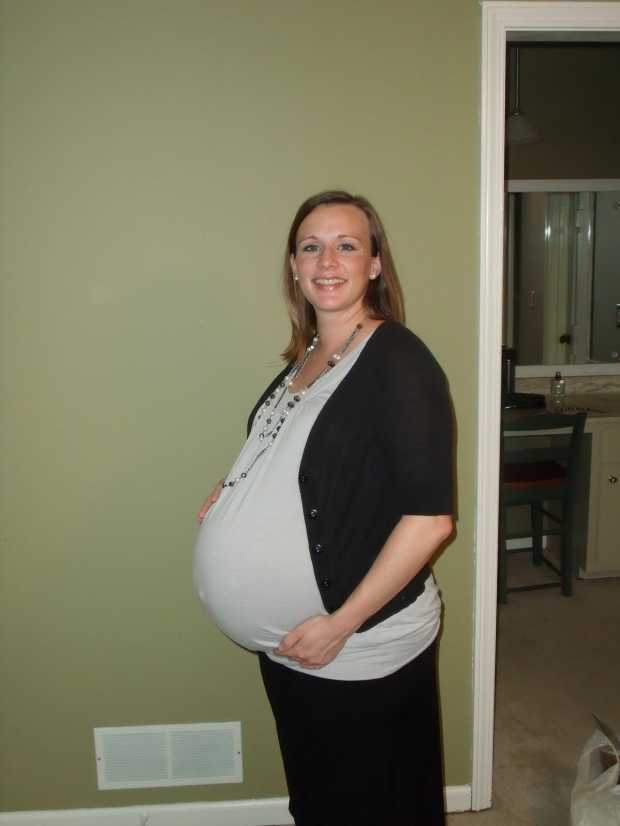 There are no universal recommendations that would suit absolutely all pregnant women with one fetus or with several. Therefore, in this article we have tried to describe the general points that are most common, and which should be paid attention to the expectant mother. nine0003
There are no universal recommendations that would suit absolutely all pregnant women with one fetus or with several. Therefore, in this article we have tried to describe the general points that are most common, and which should be paid attention to the expectant mother. nine0003
How to detect twin pregnancy
Thanks to modern diagnostic methods, multiple pregnancy is detected at an early stage. First, a doctor can diagnose twins during a routine examination - by noting the rapid increase in the size of the uterus or by hearing a double heartbeat. An experienced specialist can diagnose twins after 4 weeks of pregnancy. Secondly, twins are diagnosed during an ultrasound examination. This usually happens after 12 weeks. Prior to this, the expectant mother can only assume that she is carrying twins - for example, based on family history and the frequent occurrence of twins in the family. Blood tests are not yet a reliable way to determine twins. nine0003
How twin pregnancy proceeds
All stages of fetal development in a multiple pregnancy occur at the same time as in a single fetus. Therefore, the expectant mother can focus on the usual calendar for pregnant women. There are two main risks that a woman must take into account: this is the burden on the mother's body and the increased likelihood of complications.
Therefore, the expectant mother can focus on the usual calendar for pregnant women. There are two main risks that a woman must take into account: this is the burden on the mother's body and the increased likelihood of complications.
Great burden on the mother's body
In the body of a woman, two fetuses develop at once. They require more oxygen, more nutrients, their vital activity leads to an increased load on the excretory system. Any infection or pathology immediately creates a risk for three at once: for the mother and for the second fetus. nine0003
Therefore, during multiple pregnancy, it is especially important for a woman to walk a lot in the fresh air, eat right and regularly, monitor body hygiene, and consult a doctor at the first alarming signs.
Increased likelihood of complications
Alas, not all women can bear two children normally. Approximately in the fifth part, the involution of the second fetal egg occurs: even in the first trimester, it freezes and decreases in size, while the second fetus continues to develop. nine0003
nine0003
If both fetuses develop evenly, the difficulties do not end there. Due to the lack of iron in the mother's body, anemia, or anemia, can develop. Therefore, in multiple pregnancies, iron preparations are often prescribed.
Due to the large weight of the abdomen in the later stages, placenta or fetal previa may form. The placenta blocks the exit from the uterus, or the position of the fetus makes natural childbirth impossible. In these cases, resort to caesarean section. nine0003
Premature aging of the placenta and premature birth - due to the fact that the placenta has to provide oxygen and nutrients to two fetuses at once, it quickly wears out and ages. Because of this, and also because of a number of similar reasons, premature birth can begin. To reduce the risk of preterm labor, pregnant women may be prescribed drugs that relax the muscles.
Is it obligatory to have a caesarean section during pregnancy with twins
No.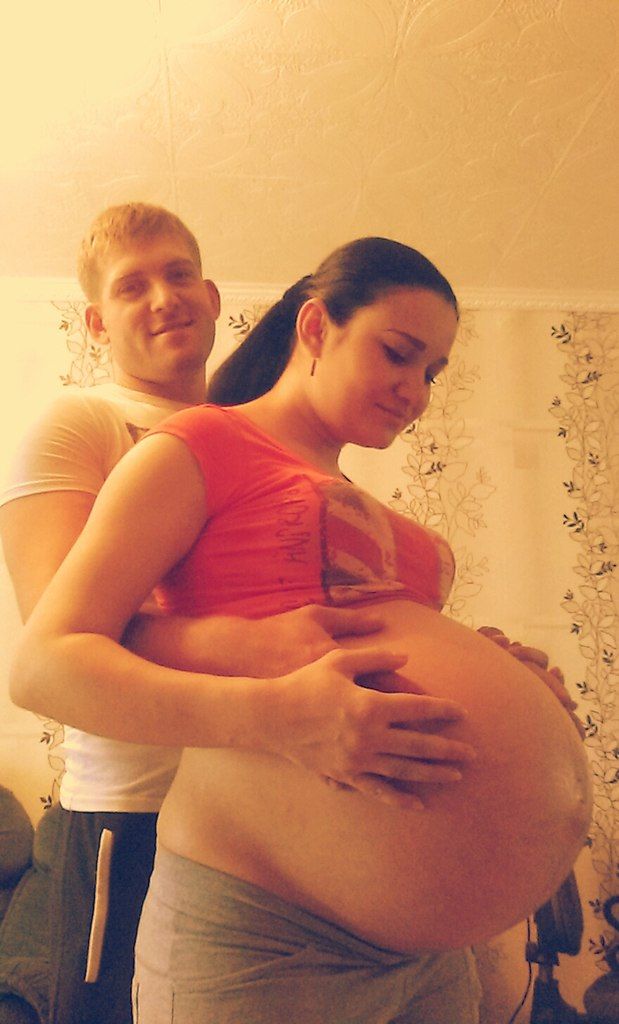 Indications for caesarean section are formed after the examination and take into account many factors:
Indications for caesarean section are formed after the examination and take into account many factors:
- whether the woman has her first childbirth;
- what is the shape of the pelvis;
- what is the position of the fetuses, is there any presentation;
- what is the state of health of the mother;
- how the pregnancy proceeded;
If all these questions are answered satisfactorily, vaginal delivery may be recommended. However, the woman in labor is under close supervision, and in the event of new risks, she can be sent for an emergency caesarean section. nine0003
How to bear twins Encyclopedia of the IVF Clinic
Inna Lvovna KOSYGINA, an obstetrician-gynecologist of the Kirov Maternity Hospital 24, tells the correspondent of the magazine "Women's Health" (6/2000) about how to behave during multiple pregnancy and childbirth.
Inna Lvovna KOSYGINA, an obstetrician-gynecologist of the Kirov maternity hospital 24, tells the correspondent of the magazine "Women's Health" about how to behave during multiple pregnancy and childbirth:
— Twins or as many as three babies. .. what affects the fact that not one, but two or more embryos develop in the mother's womb?
.. what affects the fact that not one, but two or more embryos develop in the mother's womb?
- Today, twins are born once in forty, while earlier - in fifty births, and according to statistics maintained in the West, it is believed that two families out of a hundred expect "double" happiness. In the early 80s, only one pregnant woman out of a hundred could count on such joy. This is explained by the following reasons: firstly, today more and more women are postponing the birth of children to a later date. And with age, the concentration of a hormone such as FSH increases in their blood, which stimulates the maturation of the egg. Thus, several eggs ready for fertilization can immediately mature at the same time. Secondly, if a woman cannot become pregnant naturally, she goes to reproductive centers, where she undergoes a course of hormone therapy, which also often results in the maturation of several eggs. nine0003
There is another very interesting point: twins can be born in two ways: either a fertilized egg divides at a very early stage, or two eggs are fertilized at once. In the first case, the twins are called identical, and the probability of their birth is approximately 25 out of 100 twins, while the remaining 75 are fraternal twins and sometimes resemble each other no more than an ordinary brother and sister.
In the first case, the twins are called identical, and the probability of their birth is approximately 25 out of 100 twins, while the remaining 75 are fraternal twins and sometimes resemble each other no more than an ordinary brother and sister.
— When can a woman find out that she will have more than one child? nine0003
- Not so long ago - about 25 years ago - the fact that not one, but several babies would be born, could only be known in childbirth or not earlier than the 20th week of pregnancy. Today's expectant mothers can find out how many babies to expect already at the 7-10th week of pregnancy: listening to the heart tone and ultrasound allow you to do this.
— Is the management of the pregnancy of a woman who carries several babies under her heart different from that of a pregnant woman with a "usual" number of babies? nine0003
- Absolutely. As soon as the doctor of the antenatal clinic determines that the expectant mother is expecting twins, or even triplets, he enrolls her in the category of pregnant women with an increased degree of risk. Unlike the woman who is pregnant with one child, a pregnant woman with twins will have to undergo more preventive examinations: after 20 weeks - once every two weeks and every week - after 30 weeks.
Unlike the woman who is pregnant with one child, a pregnant woman with twins will have to undergo more preventive examinations: after 20 weeks - once every two weeks and every week - after 30 weeks.
— What is the difference between pregnancy with several children?
- Women who are pregnant with more than one child have a higher risk of toxicosis both in the early stages and after the 20th week. The level of hormones in the blood is much higher than during normal pregnancy, and therefore, multiple mothers are more prone to morning sickness. In addition, the likelihood of varicose veins due to weight gain is high, and the load on the heart muscle increases three to four times. Much more often than in singleton pregnancies, expectant mothers of several children suffer from iron deficiency. nine0003
- Any specific advice for women who carry more than one child inside of them?
- Of course. First, they need to remember about additional nutrition. The fact is that in the case of expecting twins, the volume of the stomach of the expectant mother decreases due to squeezing it by the stretched uterus.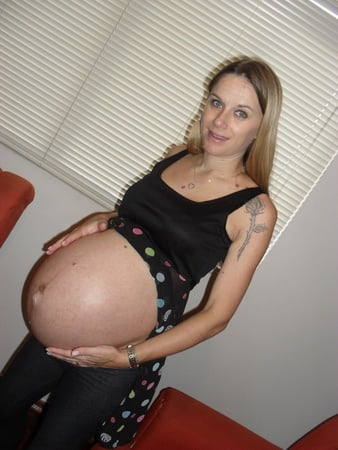 For this reason, meals should be divided into six small portions, which will include foods that are valuable for the body of a pregnant woman.
For this reason, meals should be divided into six small portions, which will include foods that are valuable for the body of a pregnant woman.
In addition, the usual dose of the necessary substances is multiplied if you are expecting twins, by two, by three, if you are expecting triplets, and so on. For example, to “fulfill” the daily calcium requirement, which during a normal pregnancy is 1,280-1,300 mg per day, which is approximately 200 ml of skim milk or 110 g of salmon with bones from a can, you need to multiply 200 ml of milk or 110 g of fish by two . It turns out that a mother expecting twins needs to eat either 220 g of salmon or drink 400 ml of milk during the day. nine0003
And a few more tips related to nutrition.
Since a pregnant woman is deficient in iron, she should not only take iron-containing preparations prescribed by a doctor, but also replenish her body with iron naturally. Here are foods that contain it in large quantities: cereals, beef, liver and other offal, sardines, turnips, artichokes, melons, jacket-baked potatoes, spinach, soybeans, molasses, dried vegetables. And for the reason that the vessels are overloaded, vitamin C should also be consumed daily.
And for the reason that the vessels are overloaded, vitamin C should also be consumed daily.
To get your daily dose of vitamin C, you need to eat at least two of the following foods: 1 grapefruit, 1 glass of grapefruit juice, three medium oranges, one mango, two large tomatoes, 100 g vegetable juice, one bell pepper, half a cup boiled cauliflower.
And most likely the doctor will prescribe you folic acid in tablets or in vitamin complexes, since it is necessary for normal tissue growth.
It should also be taken into account that the expectant mother of twins needs extra rest: involve her husband and other household members in housework, instead of standing at the stove for hours, buy frozen vegetables, high-quality semi-finished products. nine0003
As soon as possible (at least 2-3 hours a day), take a reclining position and put your feet on an elevation to relieve tension and pressure from the cervix. It may make sense to go on maternity leave earlier than during a normal pregnancy, or even leave work for a while.
Excessive mobility and exercise are harmful, and perhaps the only safe sport in this condition is swimming, and then only after consulting a doctor. For the same reason, be careful with childbirth preparation courses, avoid those where prenatal exercises are very active. nine0003
— Is it true that multiple pregnancies usually end in premature birth, and is it possible to insure against this?
- Indeed, a double or even triple load on the uterus often leads to the fact that the uterine os begins to open ahead of time and contractions begin.
It is for this reason that most of the twins are born prematurely - somewhere after the 37th week, and only 10% of the twins "stand" until the prescribed 40 weeks. And the main task of the doctor who leads such a pregnant woman is to "keep" babies in the mother's womb for as long as possible. nine0003
So, for example, if there is a threat of premature opening of the uterine os, a suture is applied to it or a special soft silicone ring is put on the cervix.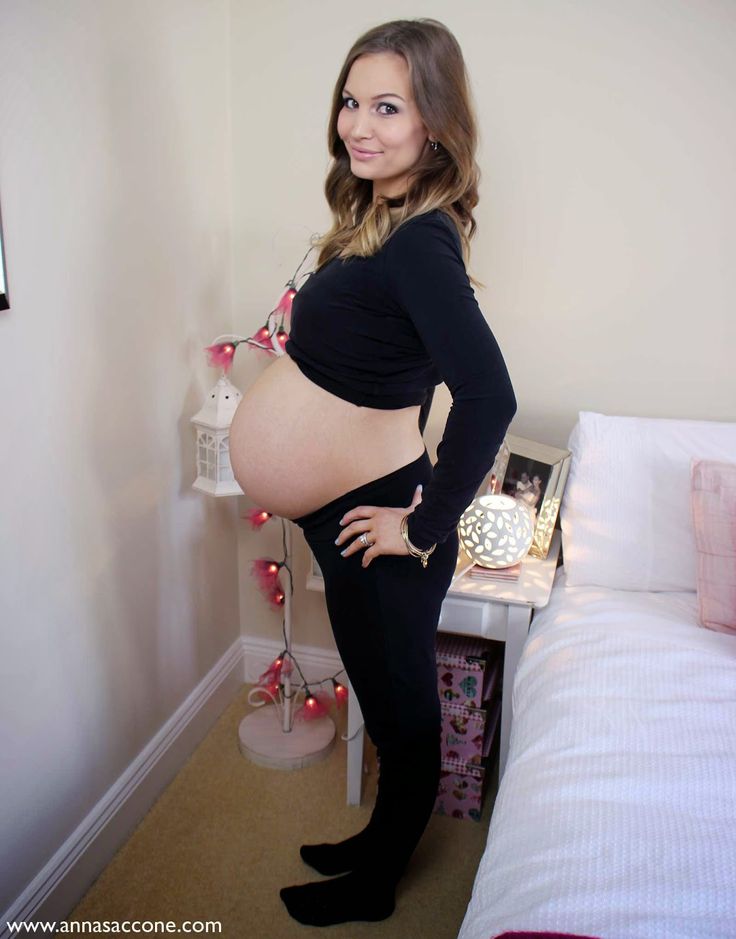 They are removed shortly before childbirth. If necessary, a woman is sent to a hospital under constant supervision, and they try to stop premature contractions with medication.
They are removed shortly before childbirth. If necessary, a woman is sent to a hospital under constant supervision, and they try to stop premature contractions with medication.
— Is the birth of twins or more possible only by caesarean section?
- Not at all, every second twin is born today without surgery. As a rule, an operation is planned if there is a breech and transverse presentation of the fetus, or if the uterus is already weak and can no longer "hold" the children. In the latter option, a caesarean section is preferable if the weight of the children does not exceed 1800 g, since they are very weak and may not withstand natural childbirth. The operation is also planned in case of any diseases of the mother: heart, kidneys, and so on. As for surgical intervention directly in childbirth, it is resorted to in case of unexpected complications, for example, when one fetus prevents the exit of another. nine0003
— They say that the strongest of the twins is born first, is that true?
- These are myths.